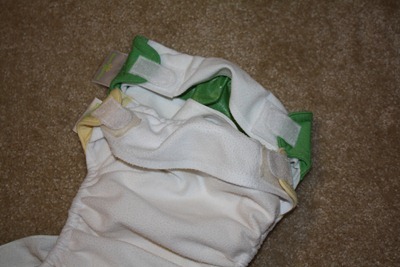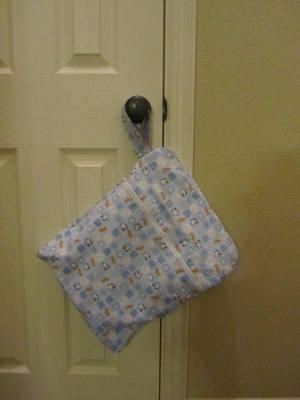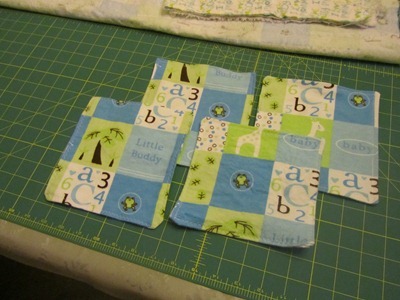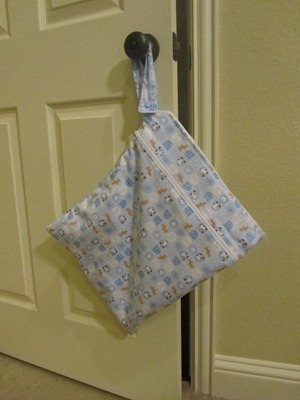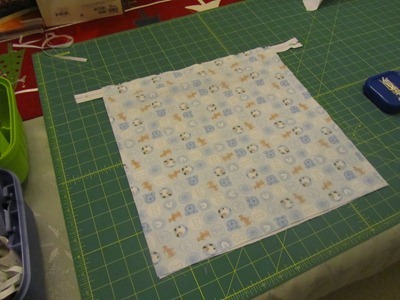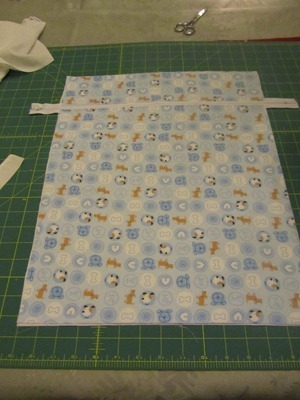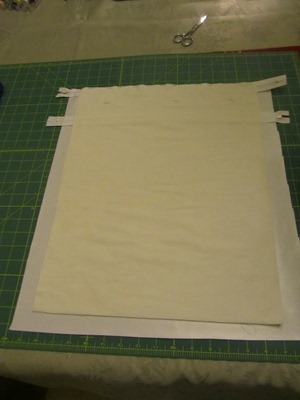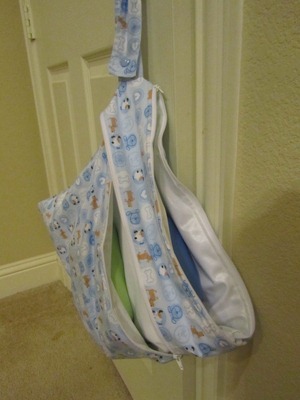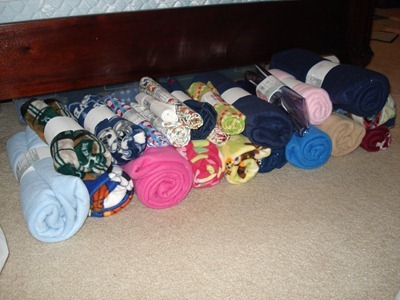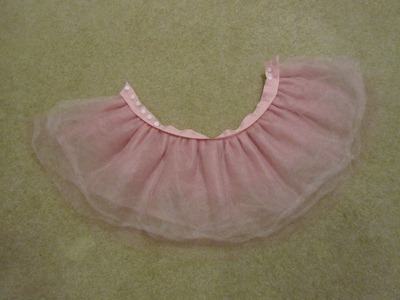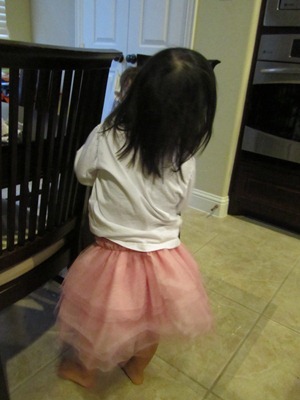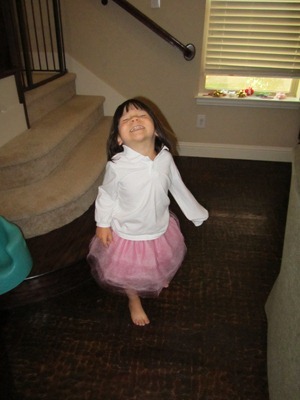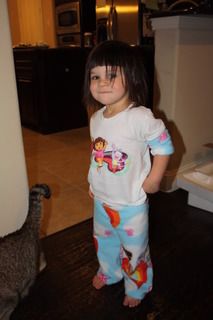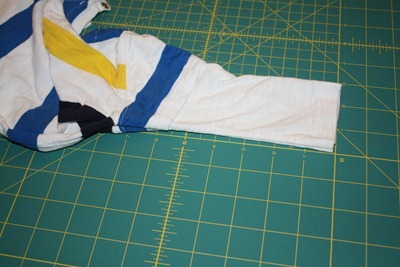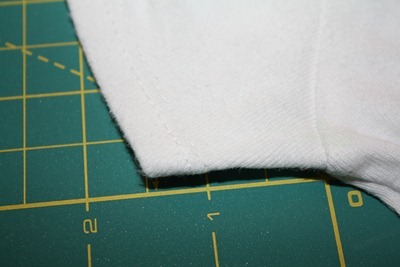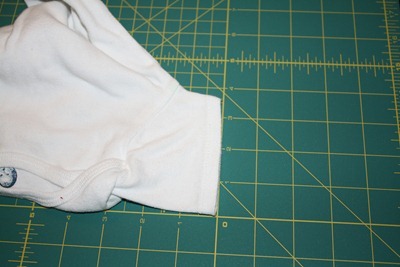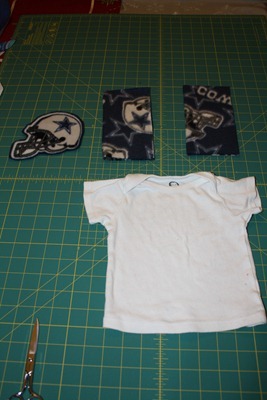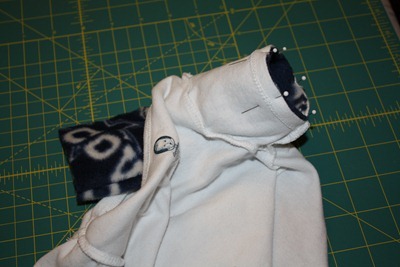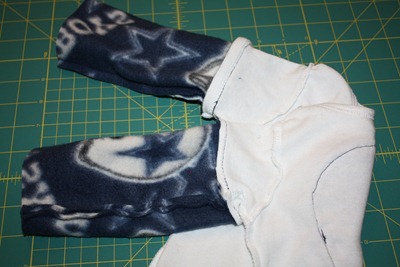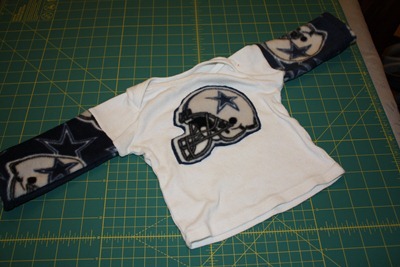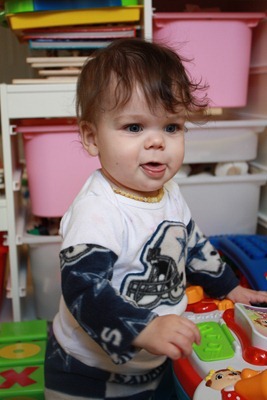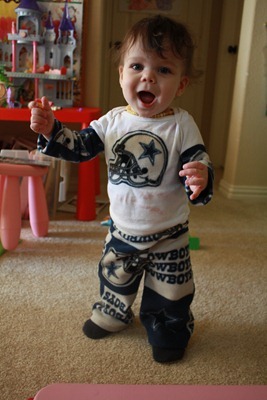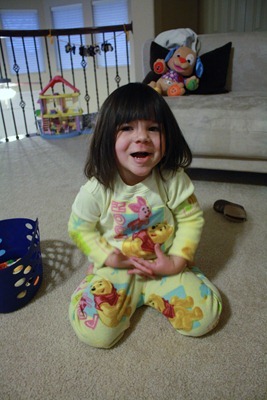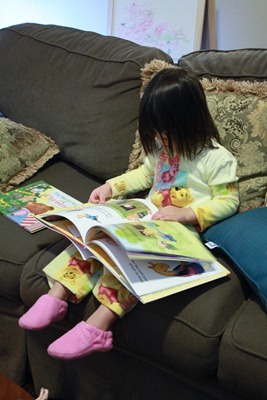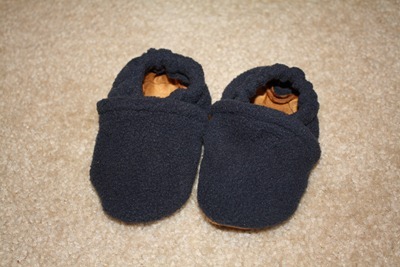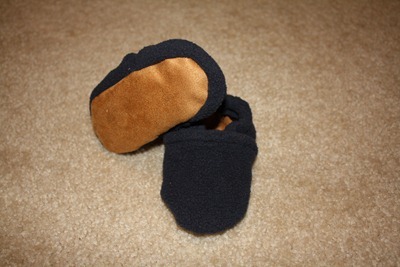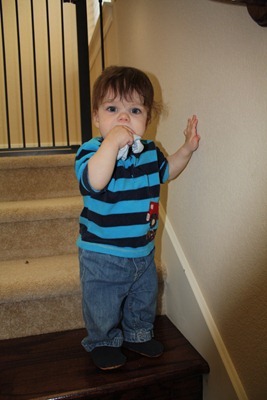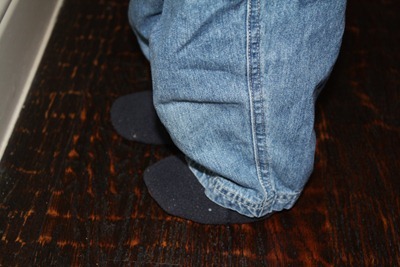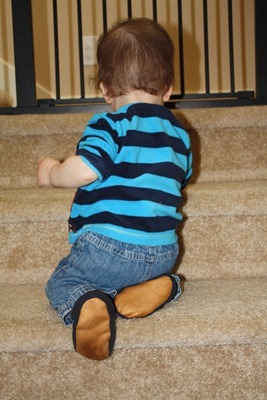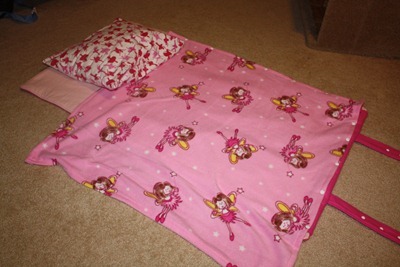
Today was Hubby's first day back at work after his paternity leave. During our respective leaves, we took Littles out of extended care at her preschool: We picked her up at the end of the school day (2 PM) and brought her home to nap. Now that we're both back at work full-time, she'll start napping at school again.
A few weeks before Noob's birth, her preschool started asking parents to provide bedding for naptime. For those last few weeks, we just sent a small travel pillow and blanket. But for her return to extended care, I decided to sew her a nap mat. She picked a ballerina theme, and I got to work.
The mat
To make the mat, I started by cutting a piece of Warm and Natural batting, sized 90" by 27". I chose this size because it will allow me to make four nap mats using one queen size package of Warm and Natural. I figure Noob will need one eventually, too!
I folded the batting in half along the short edge, so I had a double layer, sized 45" by 27".
I wanted to make the nap mat somewhat waterproof in case of an accident. So I found a big piece of PUL (polyurethane laminate) and sewed it to the batting. If you're not familiar with PUL, it's the material used for the waterproof layer of many cloth diapers. It's soft and flexible, not at all like the plastic pants of cloth diapers of yesteryear, but still very waterproof. It can be found at Joann's (utility fabrics section) or Hancock Fabrics, as well as online.
Here's the batting with the PUL piece sewed on. Most PUL has two sides, a shiny/sticky side and a soft/smooth side. The shiny/sticky side is the waterproof side, so I sewed it with the shiny/sticky side touching the batting, and the soft/smooth side up.
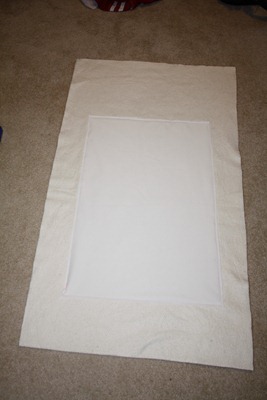
I cut two pieces of fabric to match the size of the batting. For the top of the mat, I used an old flannel crib sheet. For the bottom of the mat, I used fleece. (Fleece repels moisture, so I'm hoping that layer also helps keep the floor dry in the event of an accident.)
To assemble the nap mat, I put the fleece wrong side down, then the flannel right side down (so the fleece and flannel had right sides together, then the batting with the PUL piece facing up.
For a basic nap mat, I could have started sewing at this point. But I wanted to add a couple of additional features.
Straps and name tag
I cut two long straps out of the same fleece that I used for the bottom of the nap mat. I think they were about 4" wide by 25" long. I made them way longer than they needed to be, knowing that I could cut them down later.
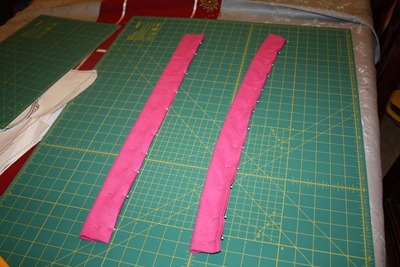
I folded each strap in half and sewed along the long side, making a tube. I turned the tube inside out, then topstitched each side.
I decided to make the straps snap into place, because I was too lazy to sew on velcro :) I rolled up the nap mat both with and without a pillow inside, and marked a good location for the snaps for each.
I pulled out the snap pliers that I usually use for cloth diaper snap conversions, and used them to add snap sockets in the locations I had marked. I reinforced each snap with an extra layer of fleece and a piece of interfacing, underneath the socket. This didn't look very pretty, but it didn't matter, since it wouldn't be visible on the finished mat.
In between one of the sets of snaps, I added two more snap sockets, about 3" apart, also reinforced with extra fleece and interfacing. These would be used for the name tag.
Finally, I inserted each strap into my assembled nap mat, in between the flannel and fleece, so that just a small piece of each strap stuck out.
Here is how the bottom of the mat looked when I was done. This is the "wrong" side of the fleece. You can see a little bit of the straps sticking out at the bottom.
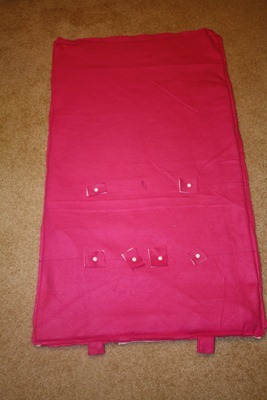
Blanket
I wanted to add a built-in fleece blanket. I could have cut the blanket and sewed it into the nap mat, but instead, I decided to make it snap in, so that it could be swapped out later for a new blanket. This also gives Littles the option of pulling the blanket from the side, or pulling it up from the bottom, or both.
To accomplish this, I cut two pieces of fleece to attach the snaps to. The longer piece was about 10" by 35", and the wider piece was about 10" by 25". As it turns out, these pieces were way too wide -- I think I could have easily done just 5" wide for both.
I folded the pieces in half, then stuck them into the assembled nap mat, in between the fleece and the flannel.
Pillow
Again, I wanted to make the pillow snap in. I added two snaps towards the top of the flannel piece, about 10" apart, reinforced on the wrong side with an extra piece of flannel and a piece of interfacing.. This picture shows the snaps along with the markings I made to line them up properly:
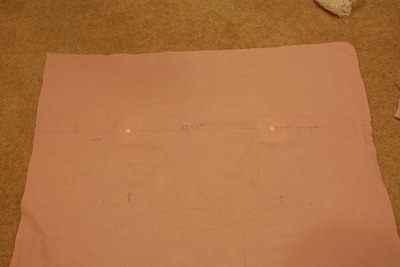
Turning and topstitching
Once I had everything in place, I sewed around three of the four mat sides, leaving the short end without the straps open. Then I turned the whole thing inside out through that opening:
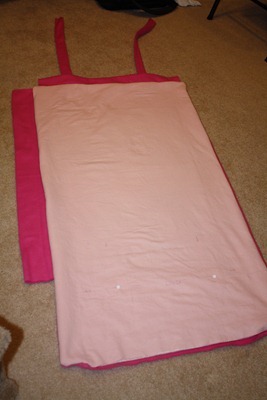
I pinned the fourth side closed:
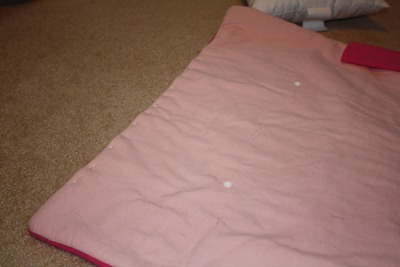
And topstitched around the whole thing. This closed up that opening.
Blanket, again
I cut the blanket to come all the way up to the top of the "wing" on the long side of the nap mat. As far as width, I wanted it to be about 10" wider than the nap mat, so that it would fully cover Littles when she was lying under it. I added about 1" on each side for a hem. The final size ended up being about 36" by 36".
I hemmed the blanket all the way around to finish the edges. This is optional, since fleece doesn't fray, but it worked well to give me a double layer of fleece on the two edges that needed to snap in.
I added snaps to the bottom and one side of the blanket, about 5" apart. Then I added corresponding snaps to the two "wings."
Pillow, again
We still had the small travel pillow that we had purchased for Littles to use at naptime immediately prior to Noob's birth. We had a lot of trouble finding a small pillow of this size! I eventually found one at Joann's.
I wanted to make a pillowcase to match the ballerina theme. I found some cute ballerina flannel in the remnants bin at Joann's. It was about 27" wide. The pillow is roughly 16" by 12", so I cut a piece of flannel about 40" by 15" and folded it in half to get a piece that was 20" by 15".
Since flannel frays, I wanted to avoid unfinished seams inside the pillowcase. So I did what I think is called a French seam. Fancy! What I did was sew the two parallel open sides with the wrong sides on the inside. Then I trimmed down the seam allowance to be about 1/8". Here's how it looked:
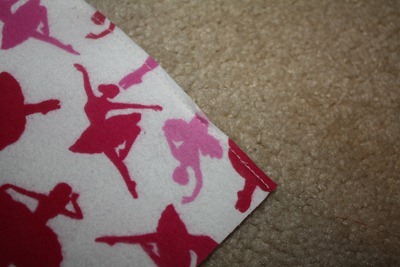
I pressed the seam open. Then I turned the pillowcase inside out, and sewed again, using a 1/4" seam allowance. This enclosed the raw edge, so I had nice finished edges both inside and out.
I still had one open side. I folded it, then folded it again, and sewed it into place, creating a hem with no unfinished edges.
Here's how it looked when I was finished sewing. Nice, clean edges, both inside and out!
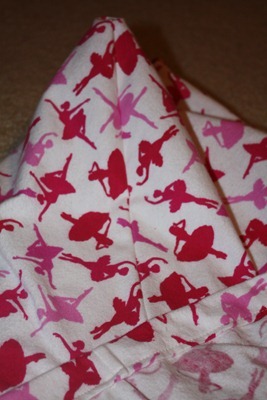
I added some snaps to the back of the pillowcase, reinforcing with a small piece of flannel and some interfacing.
Straps, again
I rolled up the nap mat both with and without the pillow inside, and marked where my previously-added sockets hit on each strap. Hubby had the idea to add multiple sets of straps, just in case Littles' teachers want to send something home inside the nap mat, making it a little fatter than usual. Easy enough!
Once I got the snaps added, I cut the straps a few inches above the last snap. Then I folded the strap in on itself and stitched it closed to give a nice finished edge.
Name tag, again
The final touch! Noob's soft book gave me good practice for putting this together.
In Microsoft Publisher, I created a box about 4" by 2". I added Littles' name, along with a picture from her ballet recital last year. I printed it out on photo transfer paper, then transferred it to a piece of muslin. I added some Heat n Bond Lite on the back.
For the background, I cut a piece of fleece using a pinking blade on my rotary cutter. It was about an inch wider/taller than the muslin piece. I used a slightly different color fleece from what I used on the mat bottom.
I added two snaps to the fleece, reinforcing them with a small piece of interfacing.
I placed the muslin over the snap caps and ironed gently to fuse the muslin to the fleece.I did a satin stitch all the way around the muslin to secure it to the fleece.
Finally, I snapped it into place on the outside of the nap mat.
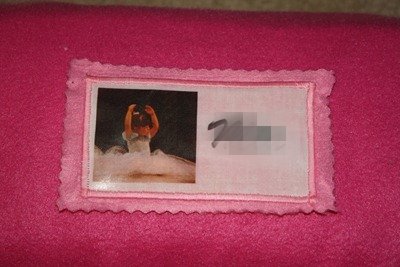
Some parting shots!
Rolled up, name tag visible:

Snapped closed for transit:
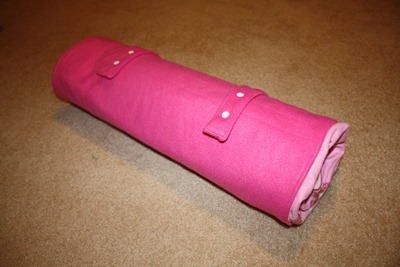
Unrolled:
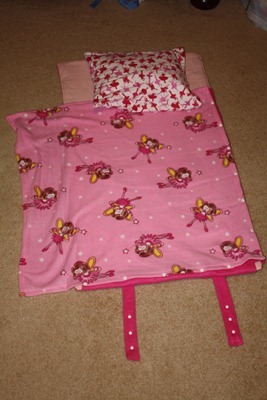
Action shot... Littles refused to lie on it properly. Oh well!
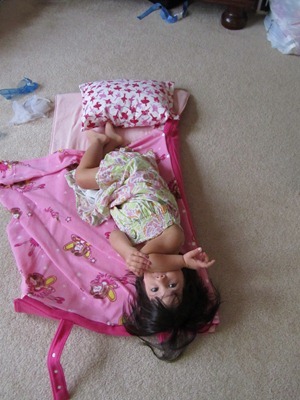
So that's how I did it! Despite all the steps, it was really fairly easy to put together. Good thing, too, because I don't know how much napping Littles will actually do on this :) These past few weeks, while she's been home on Christmas break, she's only napped maybe one or two times a week. And I'm sure that once she's back in extended care, she'll be more interested in playing with her friends than napping! Oh well. This mat will work well for overnight visits to see friends and grandparents, so I think we'll get some use out of it that way, even if it doesn't get used much as school!
